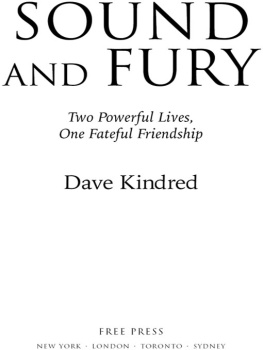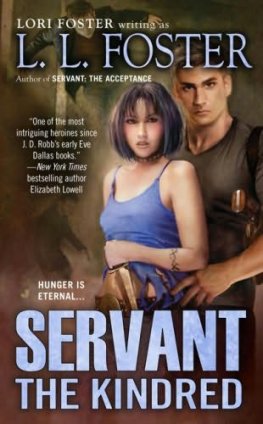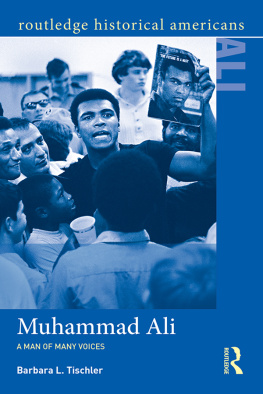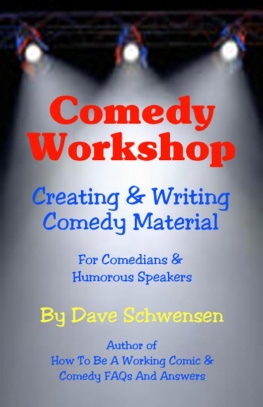Heroes, Fools, and Other Dreamers: A Sportswriters Gallery of Extraordinary People
FREE PRESS
A Division of Simon & Schuster, Inc.
1230 Avenue of the Americas
New York, NY 10020
Copyright 2006 by Dave Kindred
All rights reserved, including the right of reproduction in whole or in part in any form.
Forever Young, by Bob Dylan. Copyright 1973 by Rams Horn Music.
All rights reserved. International copyright secured. Reprinted by permission.
Blowin in the Wind, by Bob Dylan. Copyright 1962 by Warner Bros. Inc.
Copyright renewed 1990 by Special Rider Music. All rights reserved.
International copyright secured. Reprinted by permission.
FREE PRESSand colophon are
trademarks of Simon & Schuster, Inc.
Library of Congress Cataloging-in-Publication Data
Control Number 2005055217
ISBN-13: 978-0-7432-8923-8
ISBN-10: 0-7432-8923-4
Visit us on the World Wide Web:
http://www.SimonSays.com
For
Mom
Cheryl
Sandra
Contents
There are two sources of light,
The candle,
And the mirror that reflects it.
EDITH WHARTON
Authors Note
Gene Kilroy, Alis camp business manager and friend for forty years, considered Cosell a nuisance who was lucky to have been admitted to Alis presence. Any time we talked, he said, Tell me again, whats Cosell doing in your book? My best explanation for the dual biography was that the men were partners of a historic kind, and I knew them in ways that no other reporter did. I met Ali in 1966 and Cosell eleven years later. I dealt with them through the rest of their lives in professional and private circumstances. Of the dozens of Ali books that I have read, none tells the story as I knew it. As for Cosell, only he has told his story and only in scattershot memoirs.
Two advisories here. Because my reporting put me with Ali and Cosell so often, I appear in the narrative from time to time, a bit player among the action heroes. The more important advisory is the second: My experience with Ali and Cosell is the foundation of the books narrative, its tone, and its judgments. I added reporting done in new interviews with Alis and Cosells friends, families, and associates as well as with authors, journalists, boxing experts, critics, and historians. I also incorporated information that I found trustworthy in books, videotapes, audio recordings, papers, news accounts, and oral histories.
In all this, my ambition was to recover Muhammad Ali from mythology and Howard Cosell from caricature. The real stories are better.
I am the greatest.
MUHAMMAD ALI
I tell it like it is.
HOWARD COSELL
Cosells the only guy who ever changed his name
and put on a toupee to tell it like it is.
JIMMY CANNON, NEW YORK SPORTSWRITER
Oh, no, if he wins, hell think hes really God.
KHALILAH ALI, ALIS SECOND WIFE,
DURING ALI-FRAZIER III.
How they were different.
Young and old, black and white.
Kentucky and Brooklyn, Muslim and Jew.
How they were alike.
In ways that could make you laugh
and make you cry.
Prologue
They Charmed and Bedeviled Us
ONE AFTERNOON IN LAS VEGAS, while in bed with Muhammad Ali, I asked him to name the members of his entourage and list their duties. He took my pencil and held my reporters spiral notebook inches above his pretty face. In childlike block letters, he printed a dozen names. Alongside the names he wrote dollar figures in estimate of each persons weekly salary. We lay there, shoulder to shoulder, one of us wearing clothes. Heres what I thought: Are we nuts, or what?
Years later I told New York Times columnist Dave Anderson, I was in bed with Ali.
Anderson said, We all were.
No, I said, I was in bed with Ali.
Oh, he said.
It happened in a hotel suite three or four days before some fight. The suite was the usual Ali Circus madhouse of perfumed women, pimp-dressed hangers-on, sycophants, con artists, sportswriters, and other reprobates. Through an open door at one side of the suites central space, I saw Ali in bed with the sheets pulled up to his chin. On eye contact, he shouted, My man. Louisville, come in here.
I worked for the Courier-Journal, his hometown newspaper, and first spent a day with him in 1966. Already famous and infamous as the heavyweight champion and loud-mouthed draft resister, he had come to Louisville to visit his parents and fight an exhibition bout for charity. I was a young reporter in my first year at the great newspaper and eager to do anything the editors asked. When one said, Clays in town, go find him, I did. We drove around the city, stopping now and then to do some business. My son, Jeff, four years old, rode with us, and Ali occasionally put Jeff on his lap as if he were steering the car. I thought: a nice guy.
Now, in his bedroom in 1973, the noise from the central suite was maddening. Ali lifted a corner of the bedsheet and said, Cmon, get in. Over the years I had talked with him in shower stalls and toilets, in funeral homes, log cabins, mosques, and once in a Cadillac at eighty-five miles per hour on a logging road through a forest. And nowthis was a reporter getting close to his subjectI took off my shoes and put myself under the sheets with the once and future heavyweight champion of the world. I wore golf slacks and a polo shirt. More than most men, if not more than most narcissists, Ali loved to show off his body. He was beautiful, six foot three and 210 pounds, with proportions so powerful and so perfectly in balance that he might have sprung to life from a Michelangelo sketch. On the off-chance that you didnt notice, he often repeated what a nurse had said on prepping his groin for hernia surgery. She took one look, Ali said, and she went, You are the greatest!
Like schoolboys on a sleepover hiding their mischief, we pulled the sheets over our heads. Ali made a tent by raising his knees. Shadows danced inside our hiding place. The suites noise seemed distant. On my back I did an interview that ended with Ali saying, Tell the people in Louisville this will be noooo contest because I am the greatest of alllllll times. Then I asked for my notebook back.
The strangest aspect of the undercover interview was that it wasnt strange. For Ali, it was characteristic. Whatever he wanted to do, he did it as soon as possible. Cmon, get in. Anything could happen around Ali and often did.
I saw him naked. I am not sure I ever saw him clearly.
Howard Cosell was in his underwear.
I sat at a breakfast table in his beach house on Long Island in Westhampton, New York. The sun streamed in over a marshland. I saw in the shadows across the room a ghostly shape that on inspection turned out to be my host shuffling barefoot from his bedroom, skeletal in a white undershirt and white boxer briefs. He was bleary-eyed. He had not yet found his toupee. As Cosell noticed me, he raised his arms and struck a bodybuilders biceps-flexing pose. Then he spoke, and this is what he said: A killing machine the likes of which few men have ever seen.
On this morning in September 1989, I had known Cosell for twelve years. Our relationship began the day I wrote a column in the Washington Post praising him as a sports-broadcasting journalist without peer. I wrote that, while his excesses invited criticism, he deserved better than to be the target of mean-spirited punks, among them a Denver bar owner who allowed patrons to throw a brick at a television set carrying Cosells image. The day the column ran, I answered my office phone.









